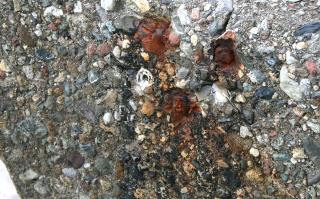Co-processing is a major topic for this edition of ICR and, of course, an increasingly major theme for the world cement industry. One of the roles of the Technical Forum is to explain the technology and terminology deployed in the cement manufacturing industry, so this month we will take co-processing as our topic.
What do we mean by ‘co-processing’ in the cement industry? Essentially this involves taking waste streams from other industries and society, and using them in the cement manufacturing process. We can use those waste flows in the manufacture of clinker or cement.
In the manufacture of clinker the waste can be used as alternative raw materials (ARM) or alternative fuels (AF) to fire the cement kiln. A very good example of co-processing an ARM in clinker manufacture is the substitution of natural clays by pulverised fly ash (pfa) from coal-fired electricity generation plants. The ash from the coal is essentially clay and therefore has similar silica, alumina and iron oxide content to clay. All those acidic oxides are required to combine with lime to form the clinker minerals in the cement kiln. A further good example is the addition of electric arc furnace steel slag to the inlet of the kiln in the so-called CEMSTAR process.
